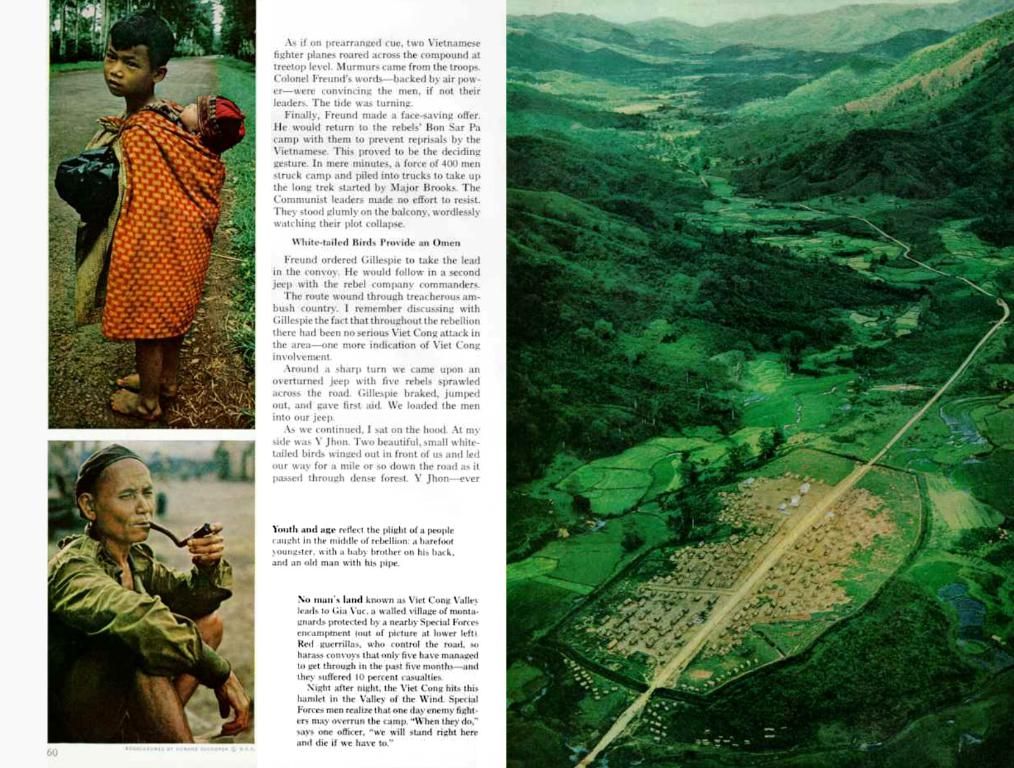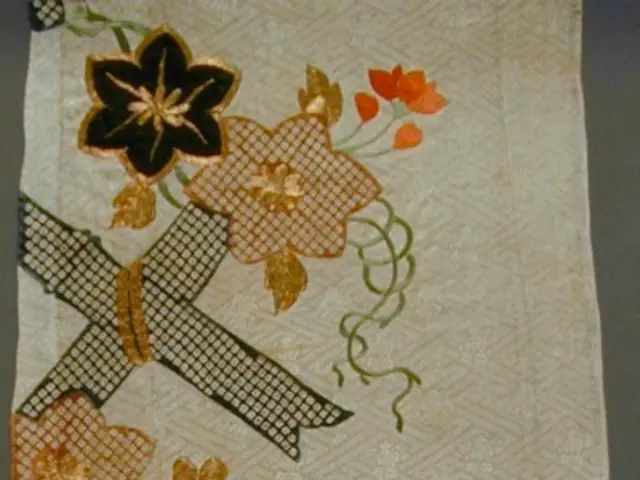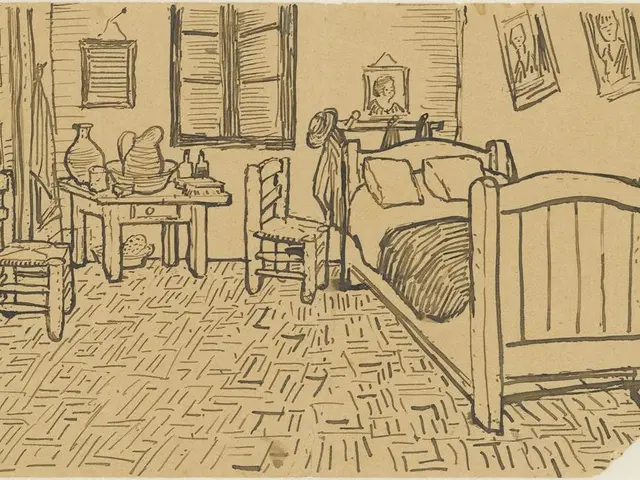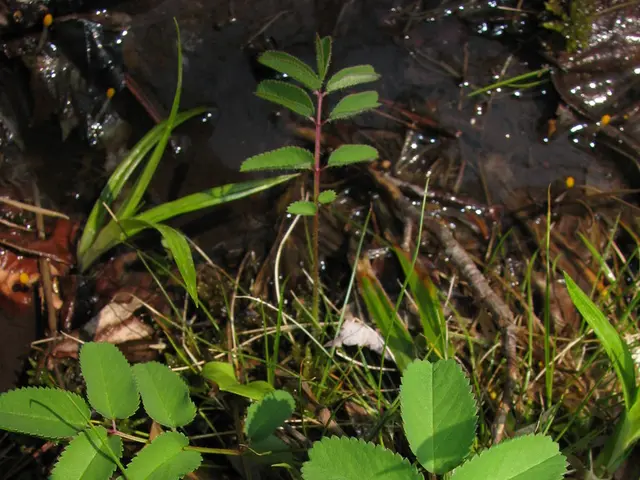Eco-Friendly Approaches in Artisan Craft Manufacture
There's something incredibly satisfying about making something all on your own. I remember the pure joy of crafting as a child, and that feeling never fades. But as I've grown older and become more aware of the impact our actions have on the environment, I've made a conscious effort to make my crafting hobby eco-friendly.
My journey into sustainable crafting has shown me that it's possible to create beautiful things while being mindful of the planet. Here are some things I've discovered:
Ethical sourcing of materials
One of the first things I learned was the importance of sourcing materials ethically. Instead of grabbing supplies at the nearest big-box store, I started exploring local craft shops and farmers' markets. Not only did this deepen my connection to my community, but it also allowed me to support small businesses that value sustainability. Working with materials that have a story – whether it's reclaimed wood or organic cotton – adds a special meaning to each piece I create.
Upcycling
Upcycling is a fantastic way to embrace sustainability and tap into your creative side. It involves taking old or discarded items and transforming them into something new and useful. I still remember the moment I stumbled upon old wooden pallets in my parents' attic and turned them into a stunning bookshelf.
Upcycling not only helps reduce waste, but it also encourages creative thinking in unexpected ways. If you're feeling stuck, try seeking out items that have potential for transformation, like old jars, fabric remnants or even vintage furniture. Dare to experiment and don't be afraid to combine materials in unexpected ways.
Eco-friendly materials
When I first started exploring eco-friendly materials, it felt like discovering a treasure trove. Instead of relying on conventional materials that can harm the environment, I found alternatives that are biodegradable or made from recycled materials. Natural dyes, organic fabrics, and sustainably sourced wood are just a few examples.
Opting for eco-friendly materials not only benefits the environment but also enhances the quality of my crafts. Materials like organic cotton feel wonderful to work with and help me create pieces that I'm proud to showcase. As more consumers are looking for products made responsibly, opting for eco-friendly options is a win-win for both creators and customers alike.
Building a sustainable crafting community
One of the most important things I've learned during my crafting journey is the power of community. Connecting with other crafters who share my passion for sustainability has opened up new possibilities and broadened my perspective. Participating in local crafting workshops and online forums has been an incredible source of knowledge and inspiration.
Education is also essential in sustainable crafting. I've made it a priority to share my knowledge with others and teach them about the materials and techniques I've discovered. Hosting sustainable crafting workshops and engaging with others online has been incredibly rewarding, and I take joy in witnessing others ignite their own passion for crafting and sustainability.
Together, we're building a community that values creativity, care for the planet, and collaboration. As more individuals embrace these values, I believe we can make a positive impact on the world and create a culture that cherishes both creativity and care for our planet.
Want to learn more? Check out these related links for additional information on sustainable crafting:
- Sustainable Crafting Tips for the Conscious Crafter
- The Ultimate Guide to Eco-Friendly Crafting
- Sustainable Materials Guide for Handmade Crafters
- Exploring various lifestyle blogs, I found a wealth of information on sustainable crafting, including tutorials on fashion-and-beauty DIY projects that are not only trendy but also eco-friendly.
- In the world of media, there's a growing emphasis on home-and-garden programs that focus on repurposing discarded items for fashionable and sustainable living, showcasing the beauty of upcycling in both style and sustainability.
- My personal growth has been significantly influenced by education-and-self-development books that delve into the importance of sustainable practices in all aspects of life, not just crafting, reinforcing the importance of making mindful choices for a better future.
- With the rise of sustainable Living as a mainstream topic, numerous fashion-and-beauty conferences and events are now incorporating topics on ethical sourcing and eco-friendly materials into their agendas, emphasizing the integration of sustainability into the fashion industry.
- As I continue to refine my crafting skills, I found a supportive community of like-minded individuals who share my passion for creating beautiful and sustainable pieces. From experiencing workshops on sustainable living to exchanging knowledge online, I learned that my crafting journey is also a pathway for improving my lifestyle and the world around us.







